Soil health is at your feet. Carbon sequestration to many people means trees. Another way to sequester atmospheric carbon and improve soil fertility as well as improve absorption of water is by increasing the carbon content of soil. As carbon content in the soil increases there are many benefits. Carbon depleted soils don't absorb much rainfall. The ground crusts over and the rain runs off and causes flooding in low lying areas. The ability to grow crops in carbon depleted soils depends increasingly on artificial fertilizers and pesticides. These additives further diminish the carbon in the soil and the need for those additives becomes even greater. The carbon that was once held in the soil goes into the atmosphere and the greenhouse effect intensifies.
Orient Land Trust is engaged in trying to improve the soil at the ranch. There are many components and lots of hard work involved. One of the recommended tools for increasing soil carbon content is livestock impact. We are fortunate that the ranch has not been subjected to chemical fertilizers and pesticides. The agricultural lands are not in bad shape and we have the water to work with. The steps we are taking are incremental. Little by little we are working toward a better environment.
Thank you for your support! Here are two links to videos that provide some basic information.
Allan Savory: How to fight desertification and reverse climate change - TED Talks
In semi-arid regions, such as the valley, the grasslands evolved with significant sporadic animal impacts. Buffalo herds being hard to find and the inherited European penchant for fencing, those concerned with soil health are turning to a variety of livestock to substitute for that beneficial grazing symbiosis. One of the recent books published that summarizes the recent research is:
"Cows Save the Planet and Other Improbable Ways of Restoring Soil to Heal the Earth" by Judith D Schwartz
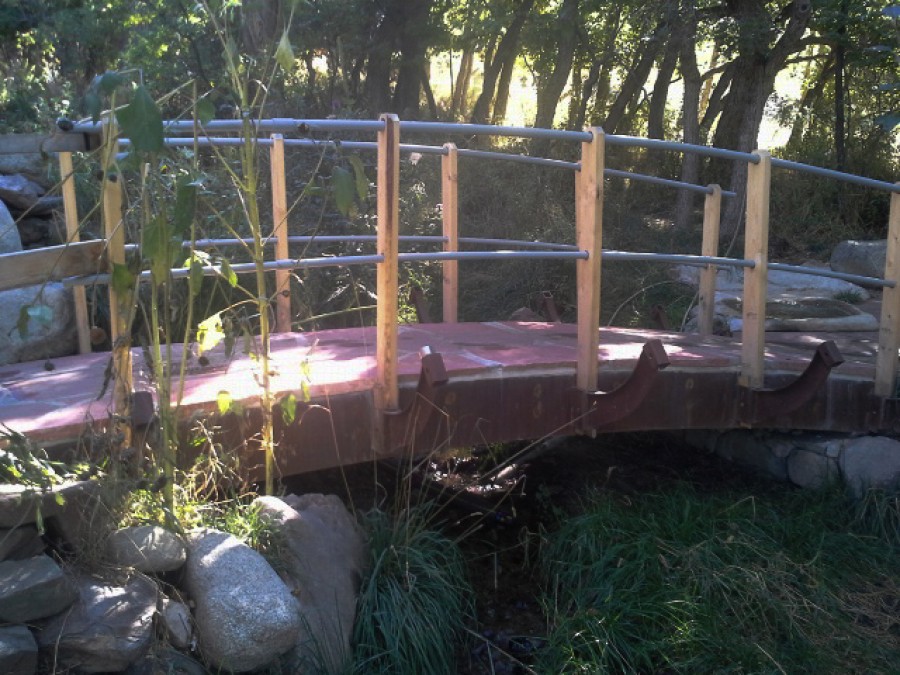

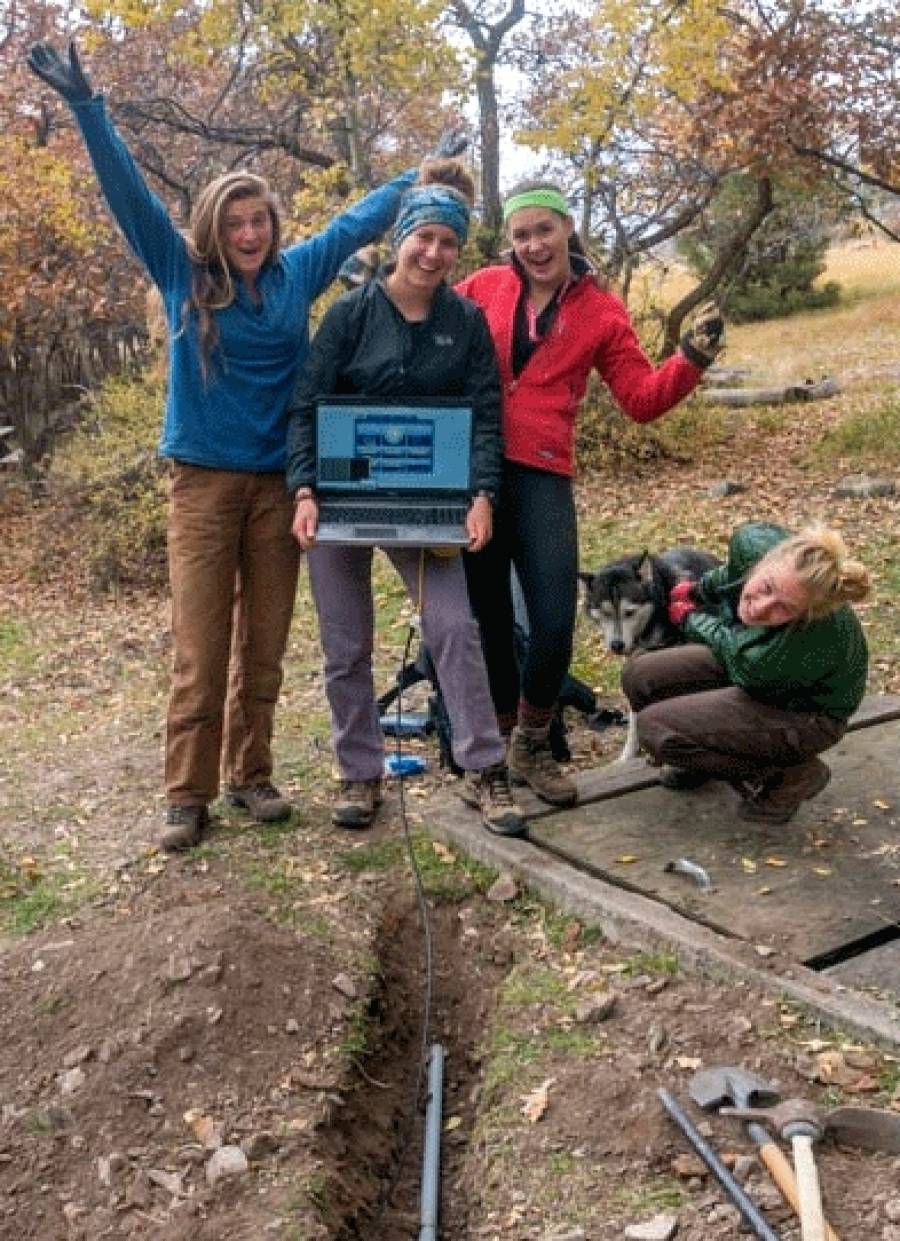
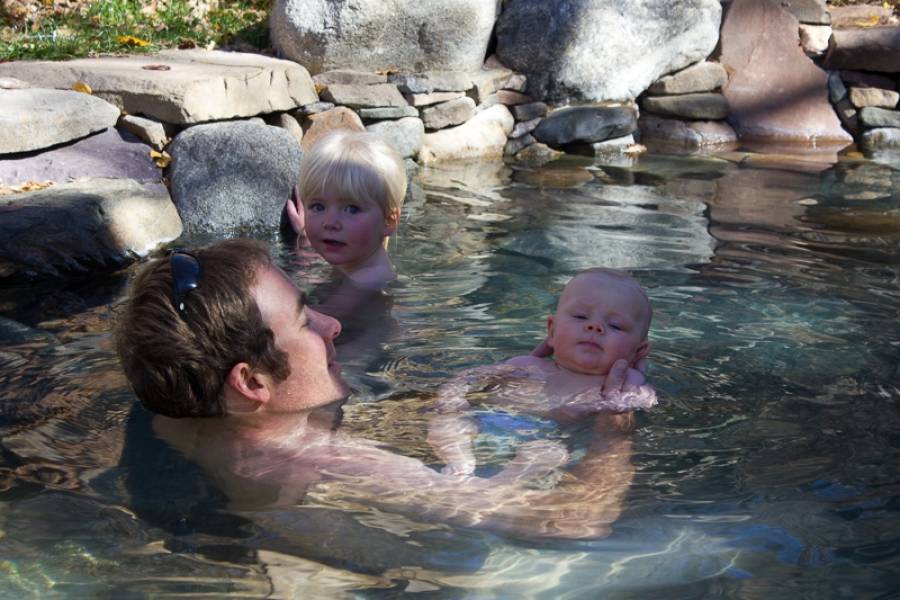
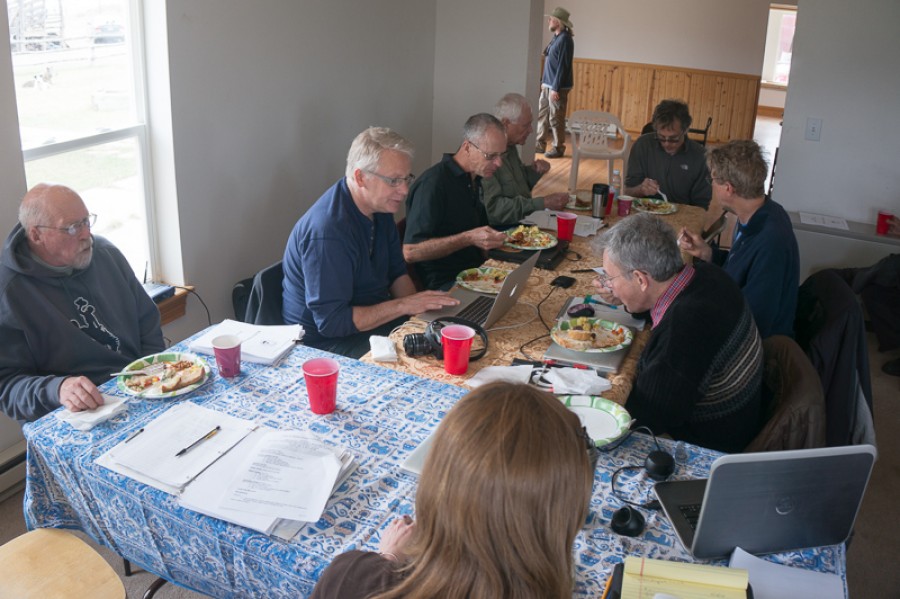
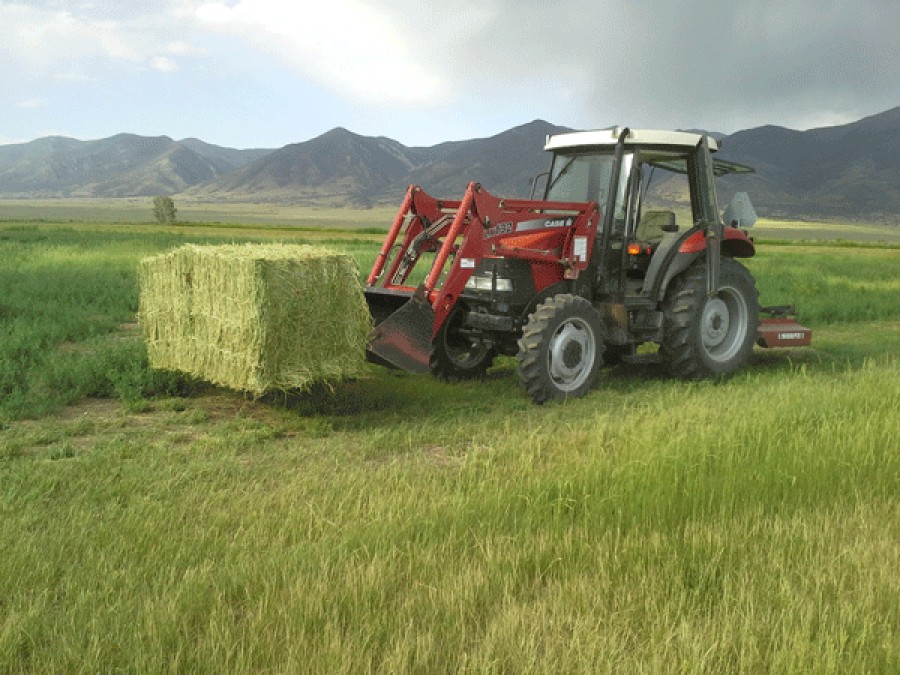
![New Telescope: See for Yourself [Video] New Telescope: See for Yourself [Video]](http://ww.olt.org/media/k2/items/cache/bdc7d0f30e0c420b2ac279d6a1c096e4_XL.jpg)
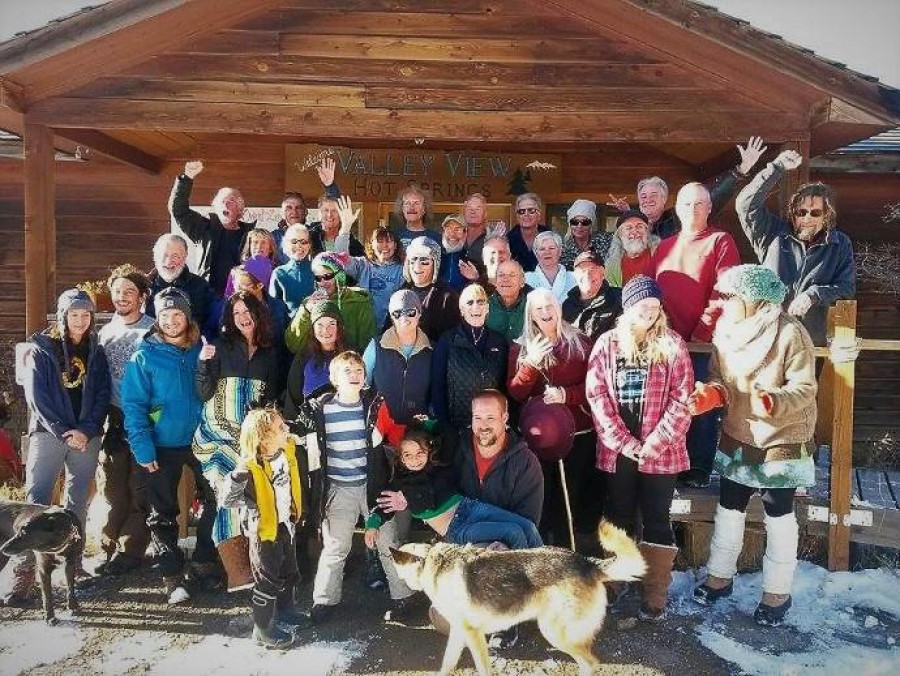
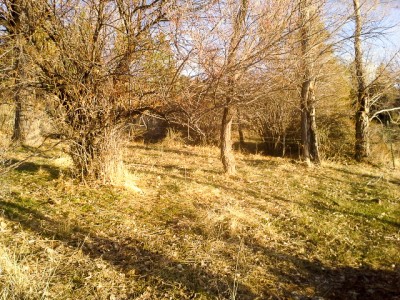
_jpg_173b68e7de889aff86fda9025f7ed60b.jpg)
_jpg_657d2accba9d4975da123ffefc117cf3.jpg)
_jpg_16772a7187ce2c6ef32ff2efc8660eb6.jpg)
_jpg_4bd765418729c53b389214b3ebc133fa.jpg)